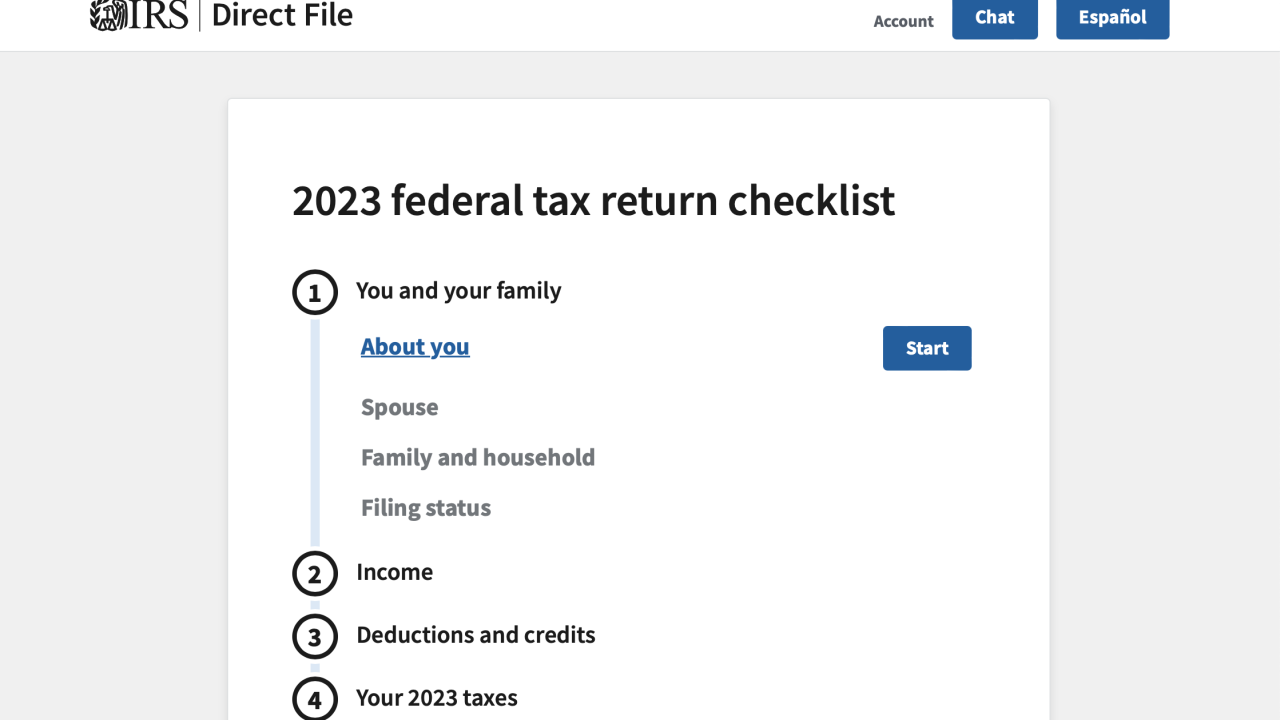IMGCAP(1)]Today, investors divide “asset classes” into familiar subdivisions that are as distinct as Coney Island and Long Beach Island.
Each asset class has common characteristics which, like the various food groups, allows for a certain degree of “mix and match” as long as the integrity of the balanced diet is maintained.
One canonized asset category is called “emerging markets,” comprising those “third world” countries with characteristics that differentiate them from the “industrialized world” (or what we commonly call the “developed world”).
The emerging markets were poor countries with primitive industrial output, corrupt or inconsistent legal systems, and less established political institutions than their industrialized counterparts. Because of their potential growth, due to abundant natural resources—or just from having such a low starting point—they represented greater risk along with greater growth potential.
Thirty years later, we are still assigning each country an asset category. The U.S.: developed. China: emerging. Japan: developed. South Korea: emerging.
Is this binary classification process still useful? Or should we overlay another set of characteristics in the formula? We may need to re-categorize our asset classes, or at least look at the old system as one of obscure, if polemical, value.
The developed countries are drowning in oceans of debt. The U.S., Europe and Japan are in a well-documented free-fall of government debt, with no end in sight. Meanwhile, the major emerging economies, like China and Brazil, have large foreign currency reserves, favorable balance of payments, and relatively modest debt. In other words, the emerging economies are financially healthy while the developed ones are sick. To some extent, the legacy status we grant to developed countries as the safer alternative may be the modern version of Ptolemaic thinking. Does the earth always revolve around the West?
Furthermore, the political stability attributed to the developed countries needs to be explored. True, democratic institutions are well-established in countries like the U.S. as compared, for example, with the autocratic regime in China. However, after watching the recent political gridlock unfold in the U.S., China’s political system looks no less stable.
Although I’d rather live with the freedoms of the West, political stability needs to be handicapped on a country-by-country basis. One shudders at the possible political fallout of austerity in European countries like Greece, as well as the results of inevitable defaults and the possible breakup of the Eurozone.
What about economic growth? Growth is the engine needed to pull the developed world out of the shackles of debt. And yet, it chugs along with growth barely positive, while the emerging economies grow at a healthy 6 percent rate. The disparity of financial health/sickness is growing wider by the day.
In an August article,
It may be wise to heed the advice of Charles Robertson, global chief economist at Russia-based Renaissance Capital, quoted at the end of the same article: Emerging markets are “the only global growth story” today and offer a “better safe haven than investments in bubbles like the Swiss Franc and gold.”
We who live in the West may have an unconscious bias to retain the world view established in 1981, when a “Berlin Wall” was placed between the safety of the Industrialized World and the rogue and risky domain of the emerging markets. But, as an investor, what strategies will best maintain your goal of a safe and secure retirement? A definitive answer remains unknown.
Frank Jaffe is a certified financial planner with Access Wealth Planning, a wealth management firm in Roseland, N.J.





